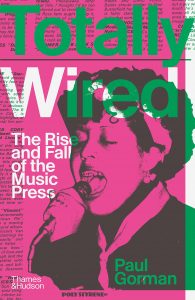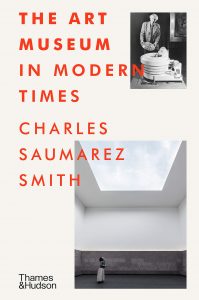
A raucous yet reflective look back at the evolution of the music press and the passionate rock and pop journalists who defined the music of the 20th century.
Totally Wired is the definitive story of the music press on both sides of the Atlantic, tracing the rise and fall of the creatively fertile media sector which grew from humble beginnings nearly 100 years ago to become a multi-billion business which tested the limits of journalistic endeavour.
Covering the music press’s evolution from the 1950s to the 2000s, through rock & roll, Mod, the Summer of Love, Glam, Punk, Pop, Reggae, R&B and Hip Hop, Paul Gorman chronicles the development of individual magazines from Tin Pan Alley beginnings and the countercultural foundation of Rolling Stone, the underground press and the 70s heyday of NME, Melody Maker and Sounds. Illuminated by the author’s first-hand interviews, Gorman paints a complete picture of the scene exploring the role played by such writers as Lester Bangs, Charles Shaar Murray and Nick Kent in the development of the careers of the likes of David Bowie, The Clash and Led Zeppelin, and tackling head on the entrenched sexism and racism faced by women and people from marginalized backgrounds by shining a spotlight on those publications and individuals whose contributions have often been unfairly overlooked.
Evoking the music press’s kaleidoscopic visual identities, Totally Wired is illustrated with rare and legendary magazine artwork throughout. What emerges is a compelling narrative containing conflicting stories of unbound talent, blind ambition and sometimes bitter rivalries which make Totally Wired a rollercoaster and riveting read.

